After coming to St. John’s College in Santa Fe from Rhode Island, Duncan fell in love with New Mexico and stayed after she graduated from college, working as a grant writer for nonprofits in Santa Fe. She loved helping social causes she cared about but wanted a career that would allow her to more directly make a difference.
She picked law school and enrolled at UNM.
Why law?
“My mother says I came out of the womb arguing,” Duncan says.
It may come a surprise, but Duncan says, “I actually went into law school thinking I would be a prosecutor.” She had volunteered in development for the Santa Fe Rape Crisis Center and was interested in prosecuting as a way of defending people who were the victims of violence.
But the summer after her first year of law school she shadowed a public defender for a few days and found her niche. “From then on,” she says, “I was a hard-core criminal defense lawyer and never looked back.”
Duncan took special interest in the social and psychological underpinnings of criminal behavior, finding insight into the ways childhood trauma is associated with criminal behavior.
“I came to understand that there really are two sides to every story, that people who are charged with criminal offenses have very complicated backgrounds,” she says.
She cites as an example John McCluskey, who was charged with carjacking and murdering a couple traveling in their RV from the Midwest to Colorado. McCluskey was big and tattooed, an escaped convict with a hefty rap sheet when he grabbed the couple.
“When I met him, he presented himself as this dangerous tough guy, consistent with the “monster” the media portrayed him as,” says Duncan, who defended McCluskey against the death penalty. “By the end of the case,” she says, “I understood he was this incredibly complicated, kind and connected human being who was, of course, terribly flawed. There was no excuse for what he did, but I came to understand why he did what he did. People are sometimes surprised to hear this, but I really like my clients.”
With each client, Duncan has gotten a little closer to understanding human nature. It may come as a surprise that spending two decades involved with people accused of grisly murders has brightened Duncan’s outlook.
“I feel better as a human being having reached the conclusion that there is no evil. As Rudolfo Anaya writes in Bless Me, Ultima, there is no such thing as evil, there are just things we don’t understand.”
After law school Duncan clerked for New Mexico Court of Appeals Judge Lynn Pickard and then joined the Public Defender’s Office. She was torn between two job openings – one in the appellate division in Santa Fe and the other in the juvenile division in Albuquerque. When her car broke down and commuting to Albuquerque was off the table, she took the appellate job.
Duncan was still green when the opportunity arose to join the legal team defending Terry Nichols, accused of conspiring with Timothy McVeigh to blow up the federal building in Oklahoma City in 1995 and killing 168 people. In separate trials in federal court, McVeigh was found guilty of murder, conspiracy and using a weapon of mass destruction and was sentenced to death. Nichols, who was not physically in Oklahoma on the day of the bombing, was found guilty of conspiracy and involuntary manslaughter, but spared the death penalty when the jury deadlocked. He was sentenced to life in prison. The state of Oklahoma then charged Nichols with 160 counts of murder and sought the death penalty.
Duncan had just started dating Mark Earnest, a colleague in the Public Defender’s Office who defended capital crimes, when UNM law Prof. Barbara Bergman, who was on Nichols’ defense team, asked Earnest to help her as an investigator and Duncan to help her with writing motions. One of Earnest and Duncan’s first dates had been a trip to the prison in Hobbs to interview a witness in a murder case, so it wasn’t a stretch for the two to pack up and move to Oklahoma for a year and a half to defend a man who was accused of the country’s most deadly domestic terrorist attack.
Even though Nichols had been tried in federal court, the new legal team started over, spending over a year investigating his involvement in the bomb making and spending months in trial. It was a valuable learning experience for Duncan and it solidified the Duncan-Earnest relationship. They married and now own a law practice, Duncan Earnest, in Santa Fe.
Nichols was found guilty of all 160 murder charges, but the jury again deadlocked on the death penalty and he was sentenced to life in prison.
Duncan then joined the law firm now known as Freedman, Boyd, Hollander, Goldberg, Urias & Ward, where she teamed with Hollander when a court ruled that Guantanamo prisoners had rights to legal counsel.
The character in The Mauritanian played by Woodley is named Teri Duncan, but is based on several lawyers on the team. “There were a lot of people working on the case and there was some good drama on the team, so rather than add a whole group of lawyers they consolidated it all into me,” Duncan says.
Duncan speaks French in the movie; she doesn’t in real life. She is portrayed as wide-eyed, innocent and fragile, and in one scene, Hollander fires Duncan when Duncan sees some troubling evidence that disturbs her.
“The one way I was really naive,” Duncan says, “was in my faith in the federal government. I knew that our government had done horrible, horrible things over the centuries but I was one of those Americans who thought that was all in our past. As we learned about Mohamedou’s case and the black sites, I was shocked. It’s made me a better lawyer because I no longer take the government at its word the way I used to.”
From a filmmaking standpoint, Duncan understands that her character is a relatable foil to Hollander’s strong, almost heroic, persona. “And,” she says, “I think my character personifies the question, ‘How do you represent someone who society sees as a monster?’ My character provides a passageway for the audience to overcome their skepticism, to get to know Mohamedou as a human being and ultimately to care about him and what happened to him.”
She isn’t too worried about the big screen Teri Duncan overshadowing the real-life one.
“I think fortunately that the people who know me, know me,” she says. “A lot of lawyers I’ve worked with over the years say, ‘I loved the movie but that’s not the Teri Duncan I know.’ And of course Shailene Woodley is amazing, so to be able to say you’re played by Shailene Woodley is absolutely fabulous.”
An aspect of The Mauritanian that rings very true, according to Duncan, is the bond she and Hollander forged with Salahi. And Duncan credits the UNM School of Law with helping that along.
“Because of the diversity of UNM’s faculty, students and curriculum I learned the importance of culture and understanding culture in representing people,” Duncan says.
She and Hollander learned about Islam and world history from Salahi’s perspective, connected with him as a person and because of that were able to represent him better.
Knowing and representing Salahi also taught Duncan about compassion.
“He’s such a compassionate human being and so forgiving. Watching him interact with the guards and maintain a sense of dignity and compassion, I became more compassionate,” she says.” It’s challenging to feel self-righteous and entitled when someone like Mohamedou is wrongly imprisoned in Guantanamo, brutally tortured and is still kind and respectful to the people who wronged him.”
Duncan, who decompresses by walking her dogs and hiking in the forest outside Santa Fe, tries cases with literally life and death consequences for her clients.
“It’s a struggle,” she acknowledges. “I’m fortunate to have people in my personal life and my professional life who are supportive of me and who I can reach out to when it feels too heavy. I do have to stay after my mental health. There have been times and there will be times in the future when it almost feels like too much.”




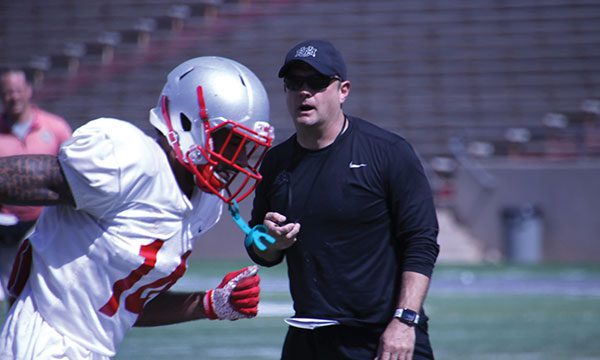
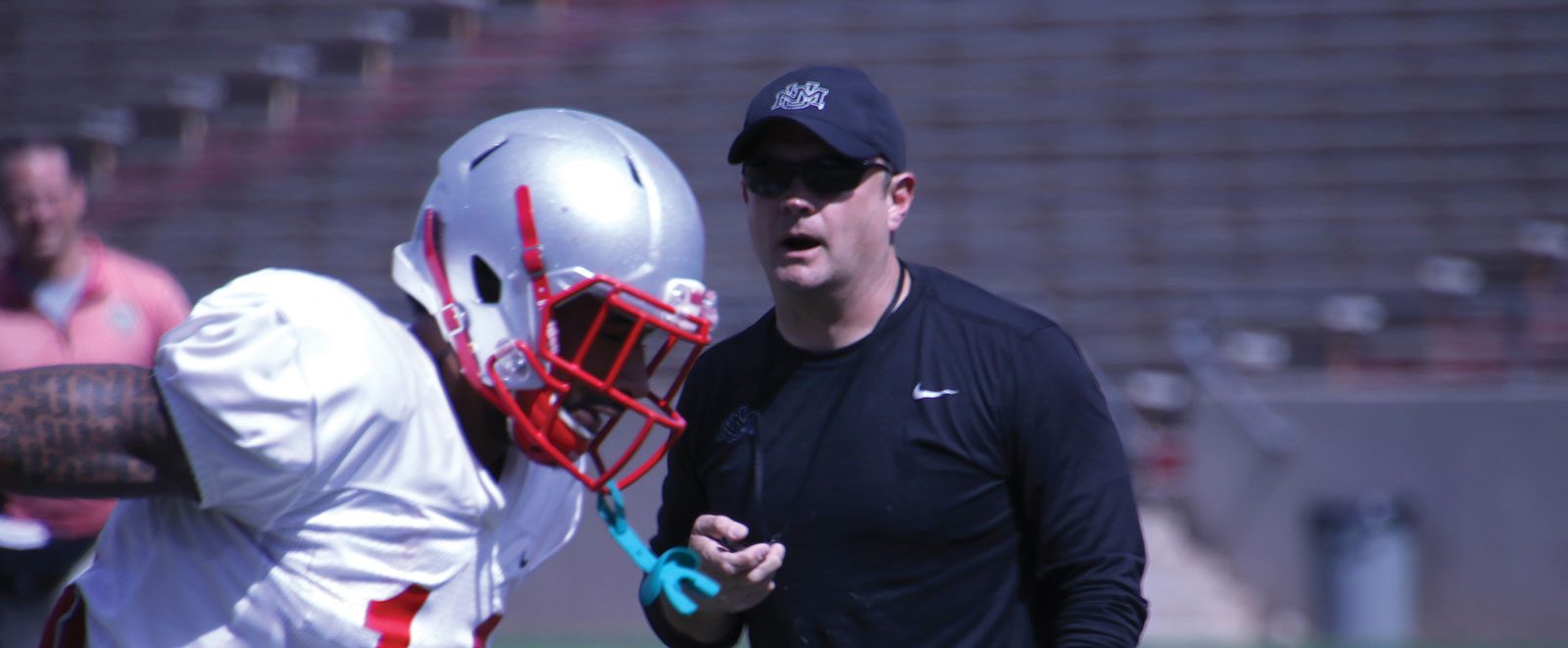
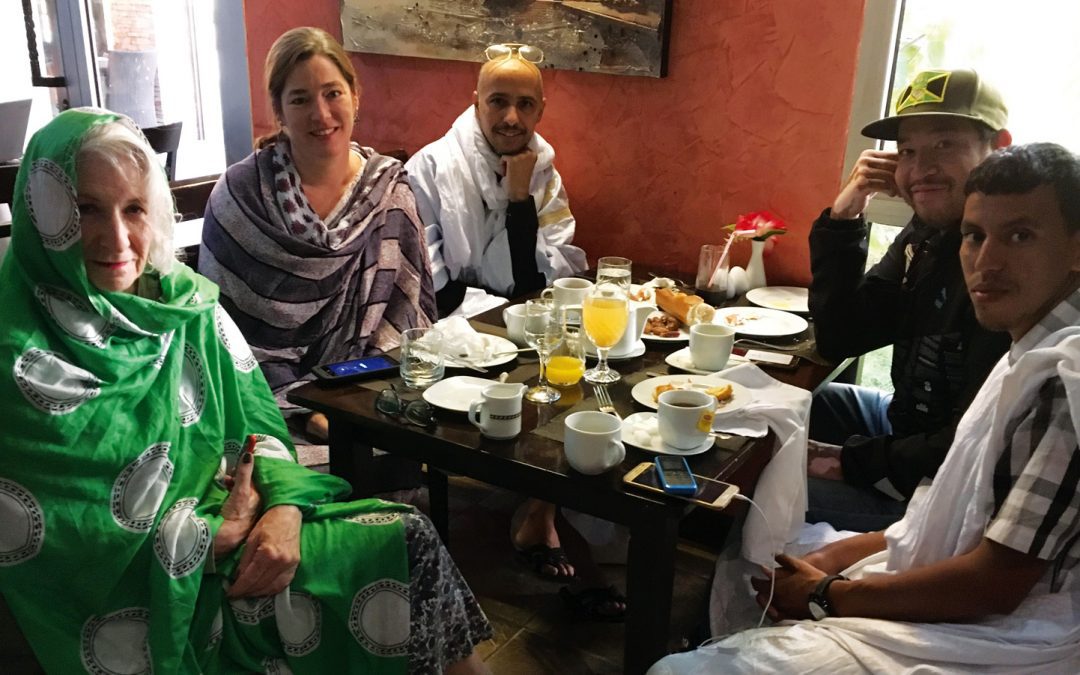
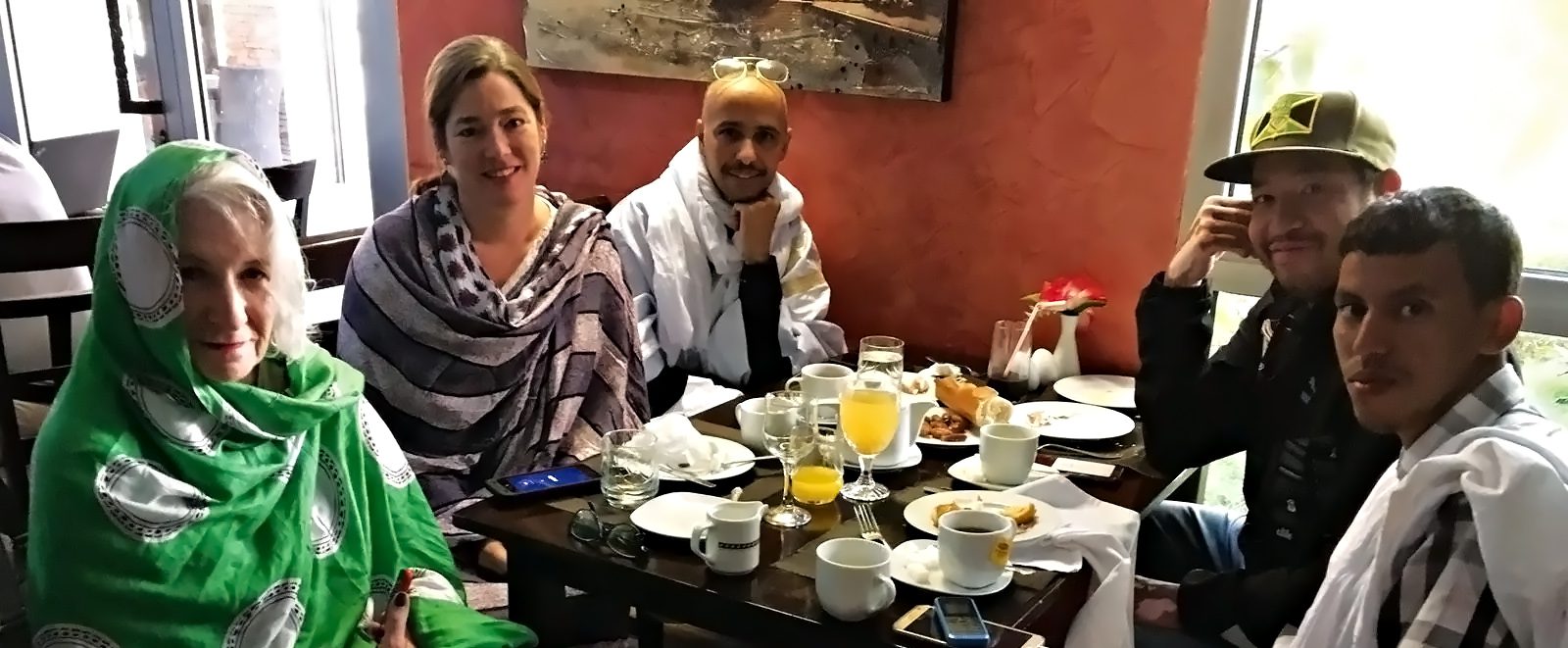
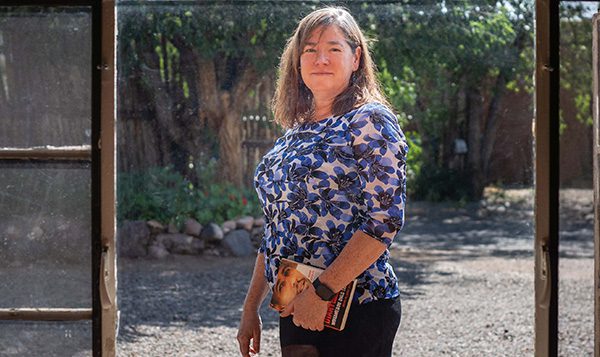


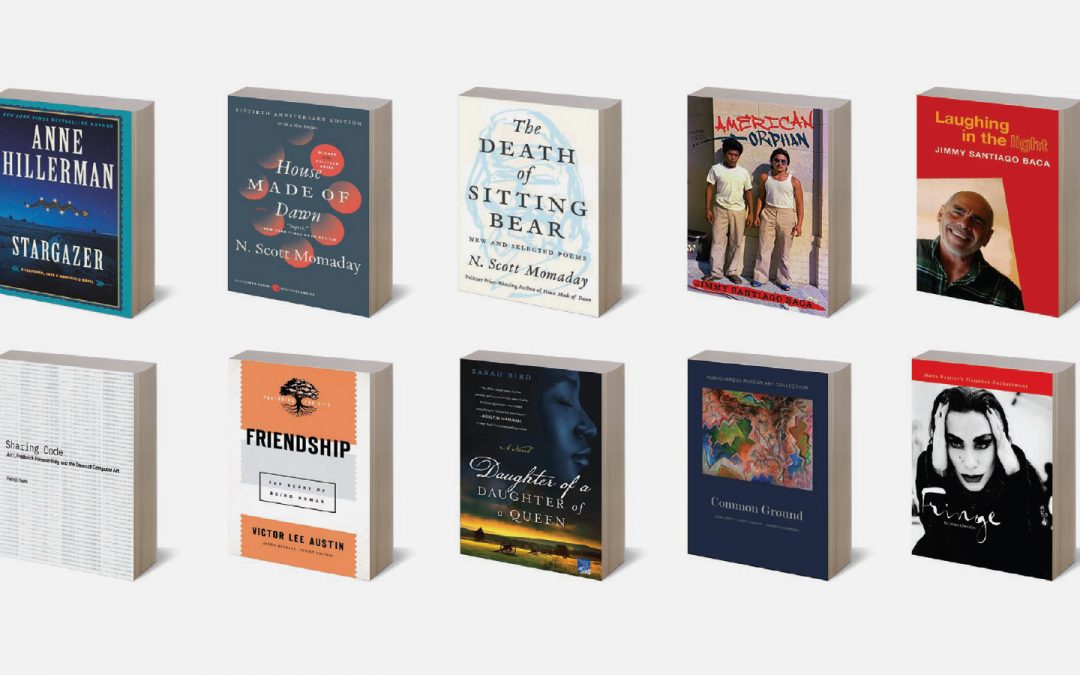
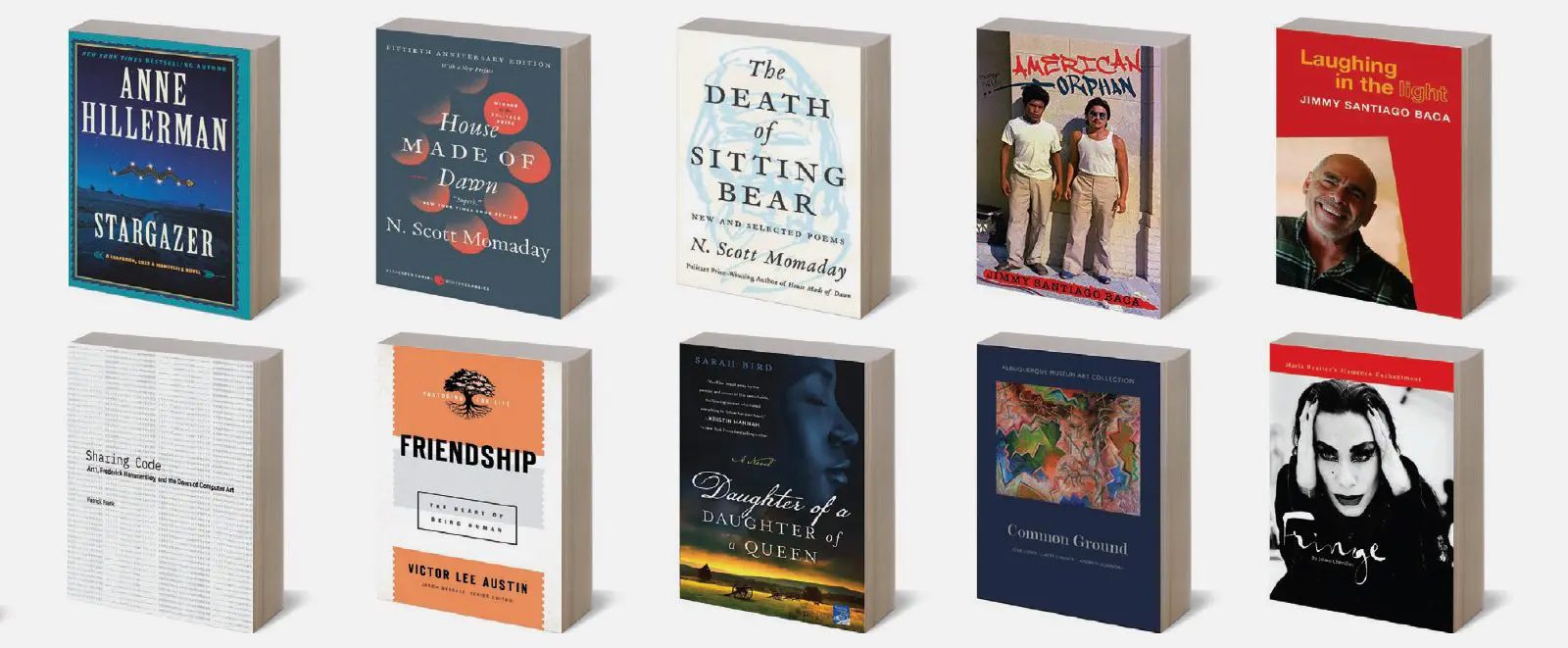
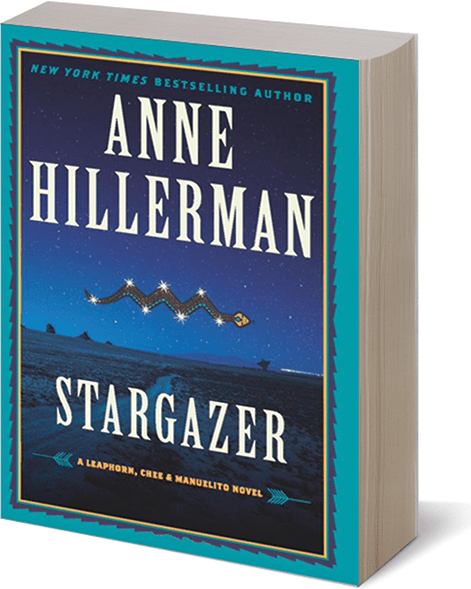


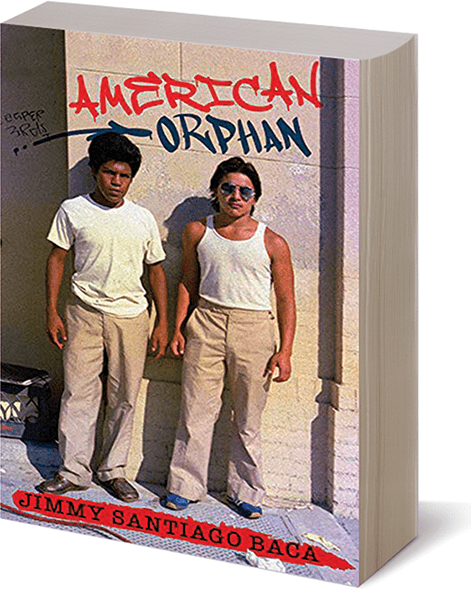









Recent Comments